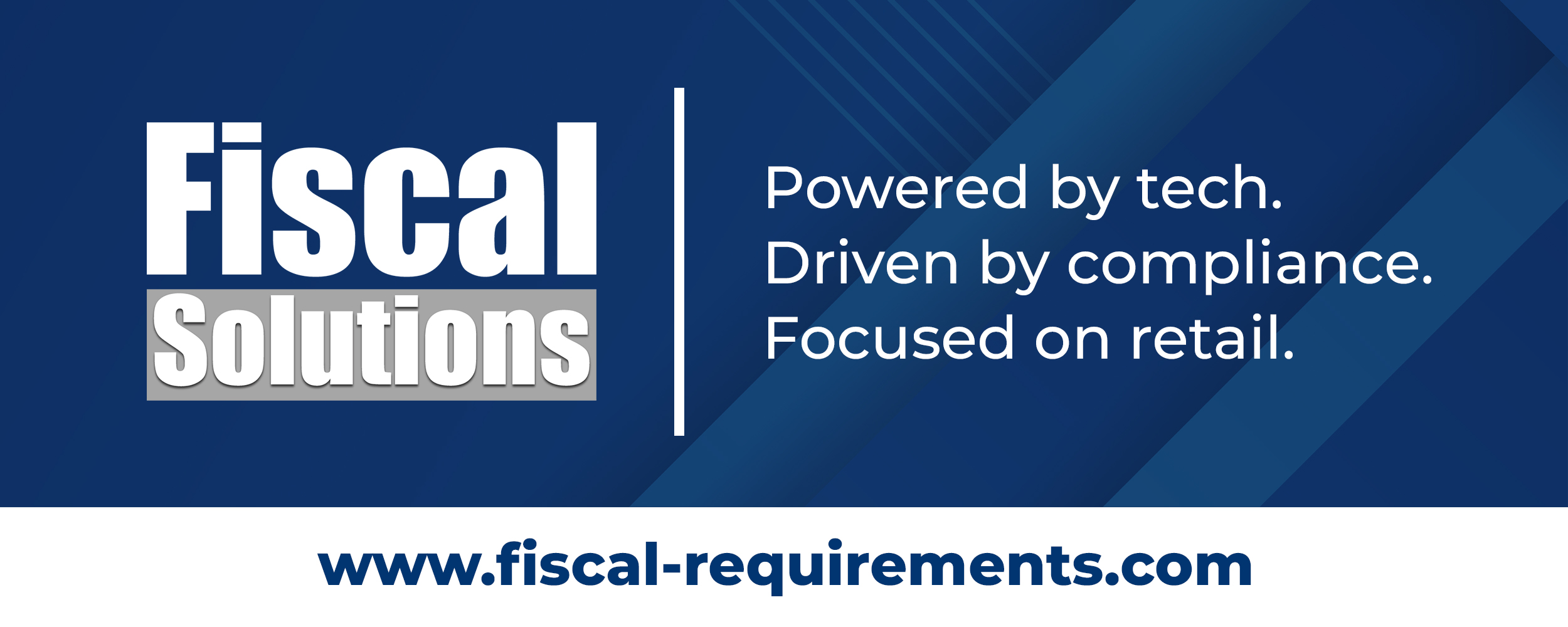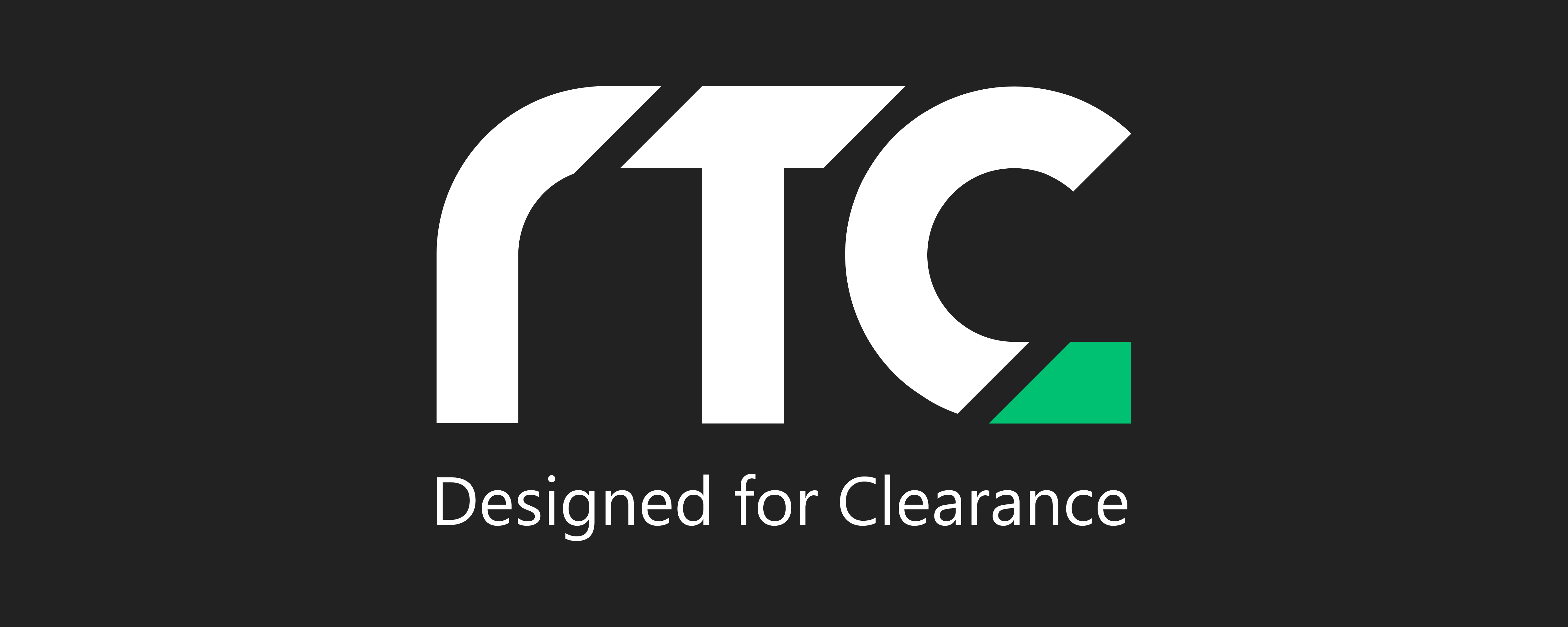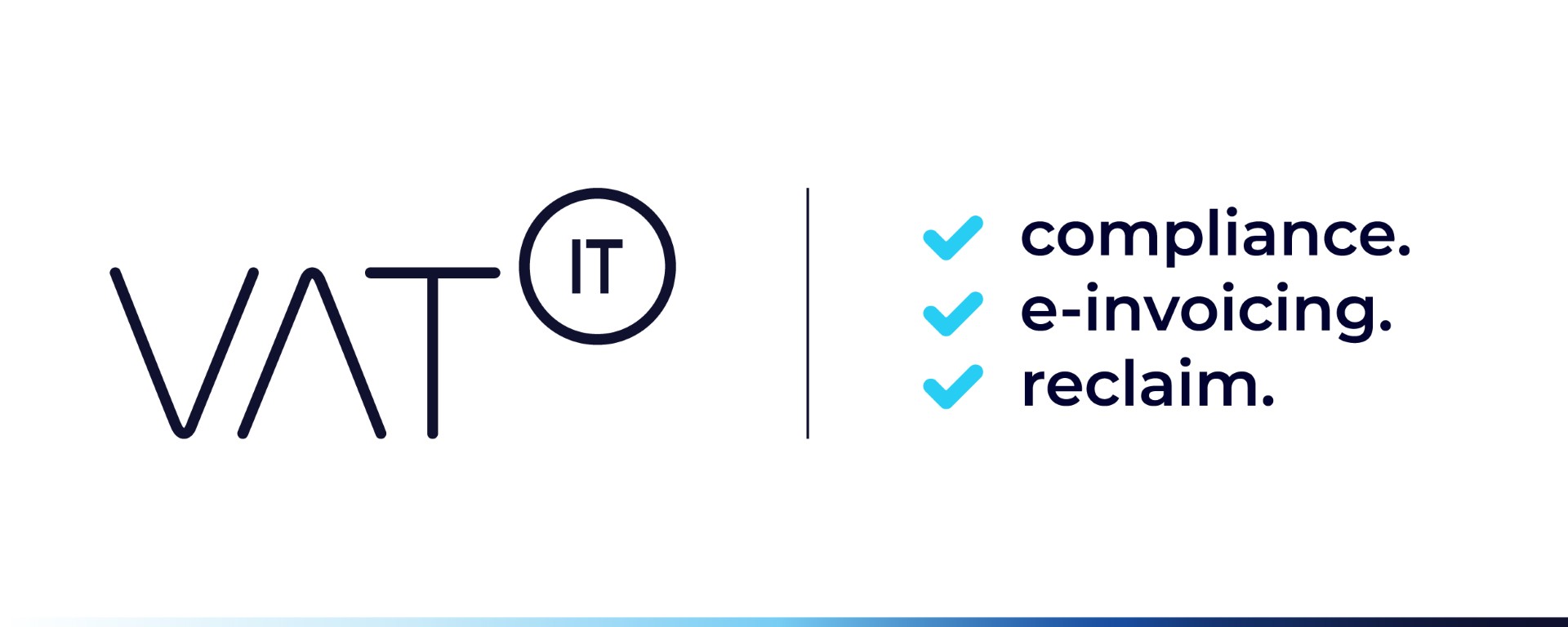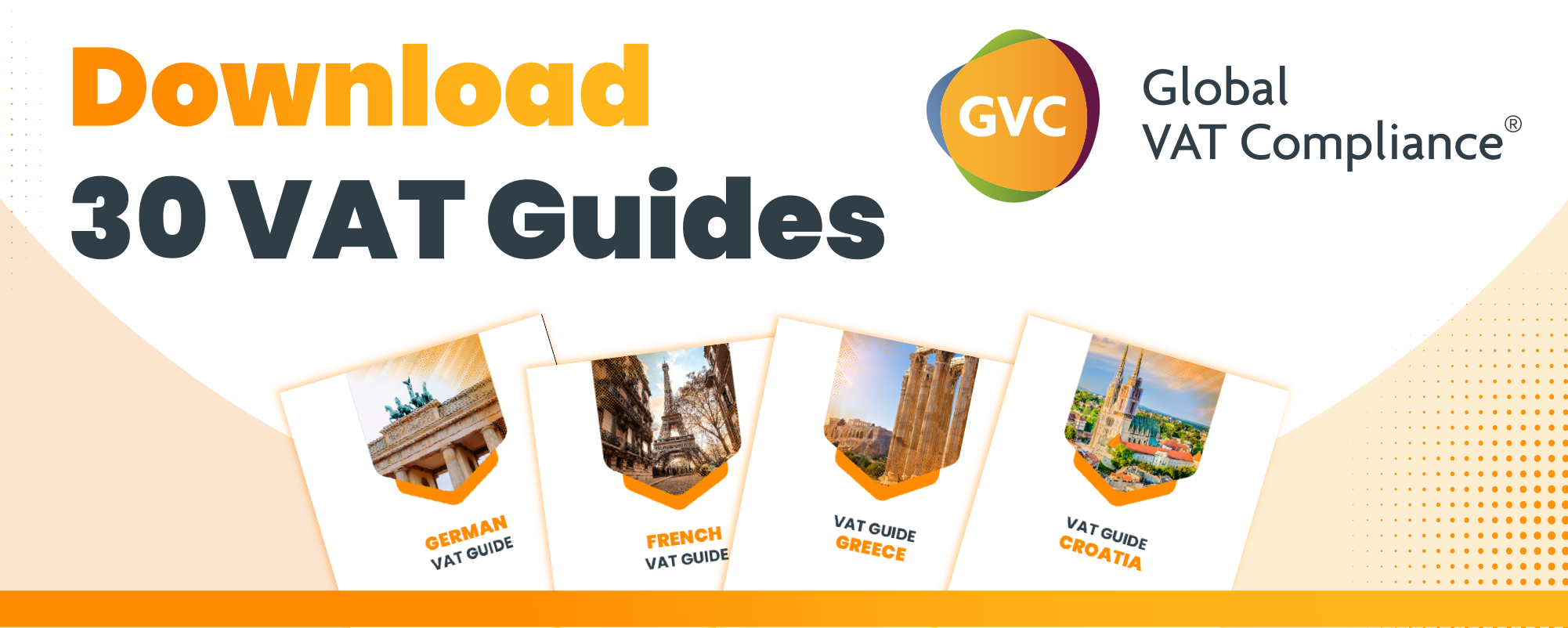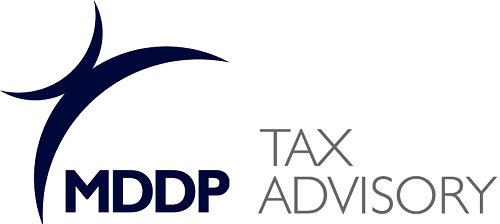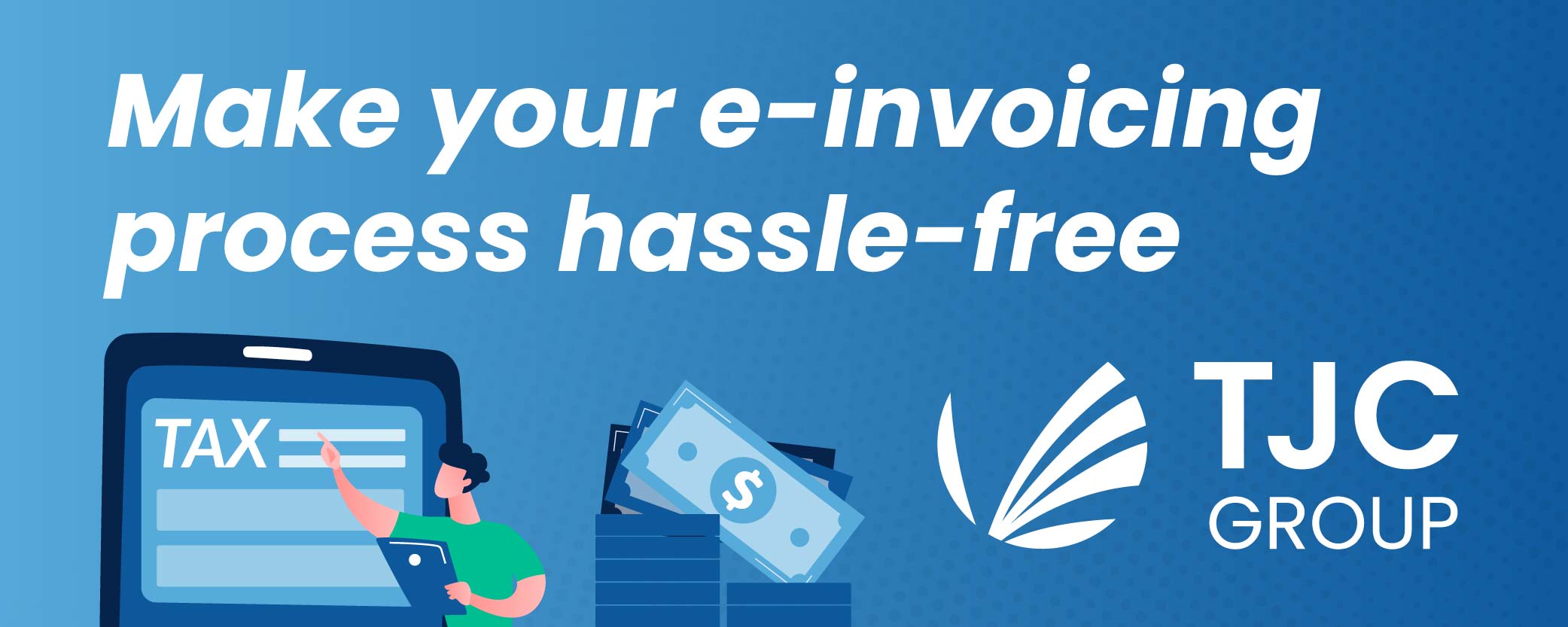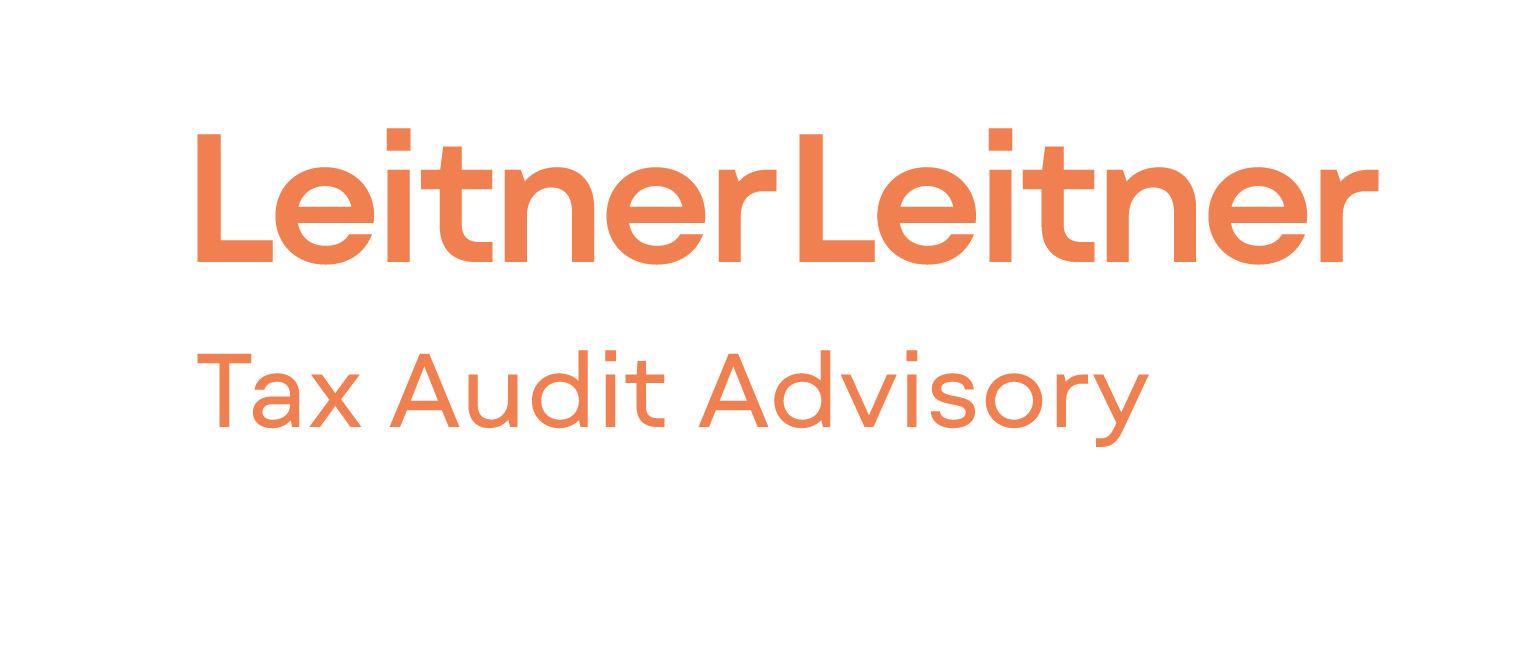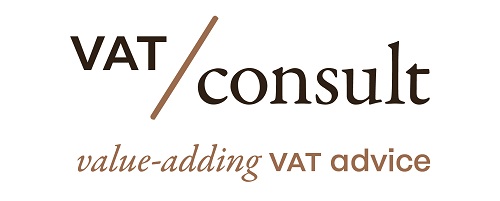The General Court released the questions in the case T-614/25 (Trading 4).
Articles in the EU VAT Directive
Article 2(1)(a), Article 2(1)(b)(i),
Article 14(1), Article 20, first subparagraph, Article 68, Article 138(1),
Article 141 and Article 197(1).
Facts and background
- Parties and Dispute: The case is between AS ‘Trading 4’ (a Latvian fuel wholesaler) and the Latvian National Tax Authority, concerning the application of a 0% VAT rate to cross-border sales of excise goods (hydrocarbons) to Estonian and British companies.
- Nature of Transactions: Trading 4 sold hydrocarbons to Estonian and British intermediaries, who then resold the goods to buyers in other EU Member States. The goods were transported directly from Trading 4’s storage in Latvia to the final buyers in other EU countries.
- Tax Authority’s Position: The Latvian Tax Authority claims the direct buyers transferred ownership before the goods left Latvia, making the transactions domestic (subject to normal VAT), not intra-EU (eligible for 0% VAT). They also allege Trading 4 was aware of this and participated in VAT evasion.
- Trading 4’s Argument: Trading 4 argues that ownership only transferred upon delivery in the destination country and completion of excise duty formalities (e-AD). They claim the transactions qualify as intra-EU supplies, eligible for 0% VAT, and deny any tax evasion.
- Legal and Procedural Context: The dispute involves complex chain and triangular transactions under EU VAT law. The Latvian Supreme Court has referred questions to the Court of Justice of the EU to clarify how VAT exemption applies in such cases, especially regarding the timing of ownership transfer and the structure of the supply chain.
Questions
- (1) Must Article 138(1) of Council Directive 2006/112/EC of 28 November 2006 on the common system of value added tax, read together with Article 141 and Article 197(1) of that directive, be interpreted as meaning that, where products subject to excise duty are supplied under a duty suspension arrangement in a triangular transaction and the person liable for the VAT is determined to be the taxable person for the purposes of that tax established in a third Member State, that in itself constitutes a reason – in accordance with Article 138(1) of that directive – for exempting from that tax the supply carried out by the taxable person for VAT purposes established in the first Member State to the taxable person for VAT purposes established in the second Member State, on the condition that it is proved in the proceedings that the goods were actually exported from the first Member State and were delivered in the third Member State?
- (2) In the case of a triangular transaction, must Article 138(1) of Council Directive 2006/112/EC of 28 November 2006 on the common system of value added tax be interpreted as meaning that, where the taxable person for VAT purposes established in the first Member State is informed that the taxable person for VAT purposes established in the second Member State will subsequently supply the goods, immediately, to a taxable person for VAT purposes established in a
third Member State, before the goods leave the first Member State and are transported to that taxable person in the third Member State, the supply carried out by the taxable person established in the first Member State to the taxable person established in the second Member State is not exempt from VAT? - (3) Is Article 141 of Council Directive 2006/112/EC of 28 November 2006 on the common system of value added tax applicable where, following a triangular transaction, an undertaking in the third Member State resells those same goods in the course of that same single transport operation within the territory of the European Union?
Source
Similar ECJ Cases
- C-414/17 (Arex) – Judgment – Excise duties; Determine which transaction is VAT exempt in supply chain
- C-401/18 (Herst) – Judgment – Intra-EU transport of excise goods, Power to dispose of the goods as owner
- Roadtrip through ECJ Cases – Focus on the Exemption for Intra-Community supplies of goods (Art. 138) – VATupdate
See also – Briefing documents & Podcasts: VAT concepts explained through ECJ/CJEU cases on Spotify
- Join the Linkedin Group on ECJ/CJEU/General Court VAT Cases, click HERE
- VATupdate.com – Your FREE source of information on ECJ VAT Cases
- Podcasts & briefing documents: VAT concepts explained through ECJ/CJEU cases on Spotify
Latest Posts in "European Union"
- EU to End €150 Customs Duty Exemption for E-Commerce Imports Starting 2026
- VAT Exemption for Credit Intermediation Applies When Broker Seeks and Recruits Clients for Mortgages
- EU Proposes Amendments to E-Invoicing Regulation for Public Procurement to Harmonize Standards
- EU Ends €150 Duty Exemption: What Importers and Ecommerce Businesses Must Prepare For in 2026
- ECJ C-565/24 (P-GmbH & Co. KG) – AG Opinion – TOMS does not apply to excursions combined with goods



